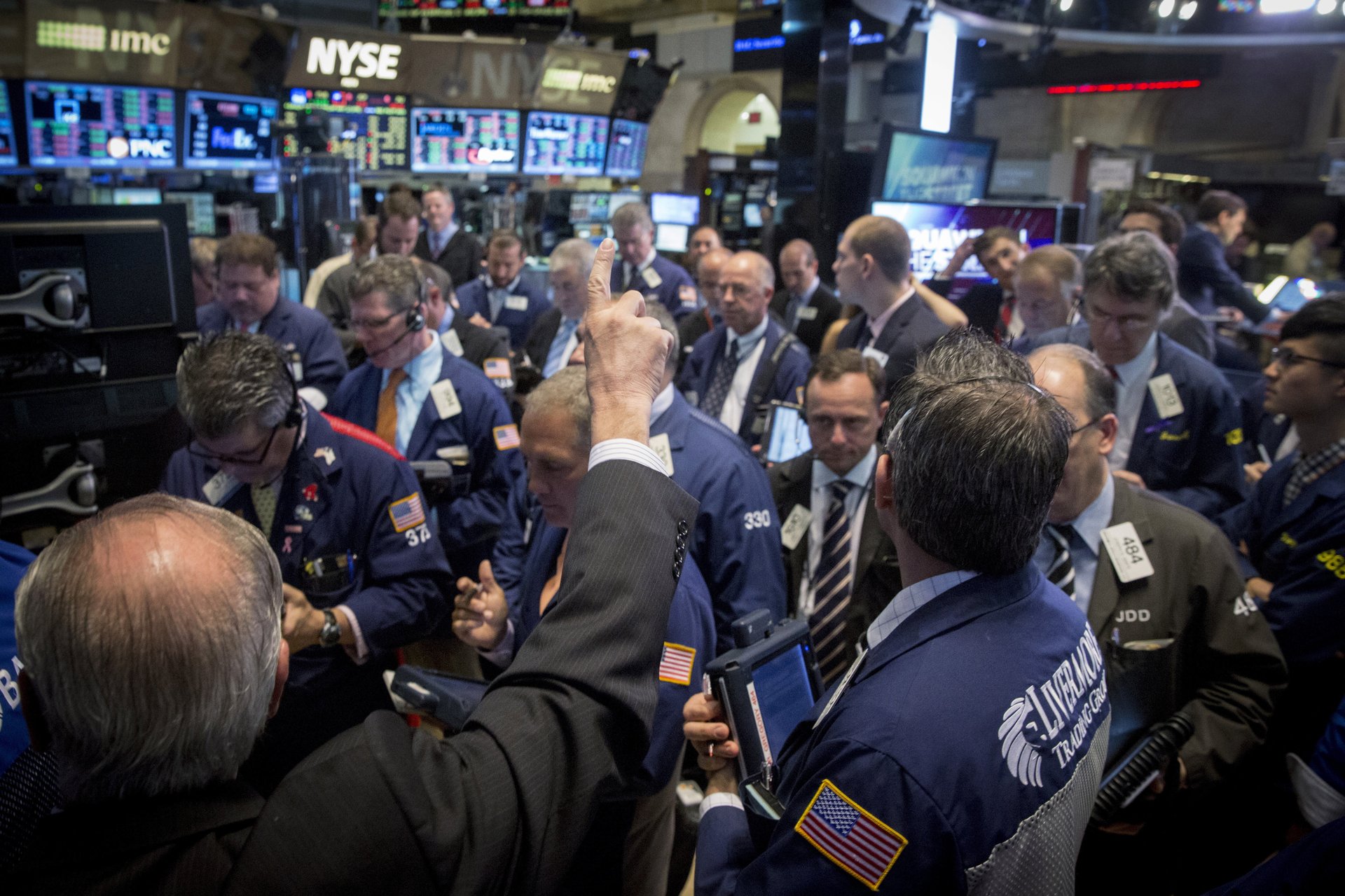Yields on 10-year Treasurys crossed 5%. Here's what it means for investors
Pimco sees equity-like returns on high bond yields—a first in 15 years

Stocks fell as 10-year Treasury yields crossed 5% for the first time in 16 years on Thursday (Oct. 19), after Federal Reserve chair Jerome Powell signaled a pause in rates hikes at the next Fed policy meeting.
Suggested Reading
Pacific Investment Management Company (PIMCO) said bonds yields now provide “equity-like returns” with up to half the volatility compared to stocks.
Related Content
Yields on 10-year notes dipped slightly on Friday (Oct. 20), open at 4.97% and falling throughout the trading day. But they’re still at a level where they could help the Fed cool the economy and push inflation lower.
“This is part of the Fed’s playbook,” said Erik Lundh, principal economist at The Conference Board, a think tank focused on business concerns. “Powell and the FOMC are working to convince market participants that ‘higher for longer’ is a reality and, as such, yields on longer-tenure debt instruments are rising.”
And that makes another rate hike by the Fed less likely.
“Fed speakers have noted that the rise in longer-term yields could potentially substitute for, or at least reduce the need for, rate hikes as a way to slow the economy,” said Josh Schiffrin, co-head of global and US interest rate products at Goldman Sachs, in the firm’s podcast The Markets.
“We are very likely at the peak federal funds rate,” he said.
Equity-like returns on high bond yields
So what does that mean for investors?
“Investors today can lock in these yields, which we haven’t seen in 15 years,” said Mark Kiesel, Pimco’s chief investment officer for global credit.
“We’re yielding now 6.5% to 7% on high-quality fixed income investments and we see several catalysts for lower yields over the next several years,” he said.
A pivot to longer-term bonds may help ease recession fears as portfolios balance out. But the International Monetary Fund (IMF) does have one piece of bad news.
The IMF warned of looming debts

The IMF issued a stark warning: Elevated interest rates are squeezing borrowers as central banks around the world are forced to keep rates high to right inflation.
Some $5.5 trillion corporate debt is due for repayment next year, while household savings have declined from their peak early last year.
But investors don’t seem to care about the looming debt repayment. Stocks and bond markets both appear to be healthy, while the Fed’s policy to combat inflation perhaps gives investors a false sense of optimism.
The IMF cautioned that this optimism could continue to fuel inflation, and that adverse shocks such as war escalation, as well as intensifying stress in the Chinese property market, could prompt sharper Fed action.
The Fed sticks with “higher for longer” interest rates
Powell thus far has kept with his stance of leaving interest rates “higher for longer,” as he is determined to pressure prices down to the Fed’s target for 2% inflation.
Morgan Stanley’s chief global economist, Seth Carpenter, believes this policy may be working and that meaningful progress could be visible by early 2024.
“We think that core PCE inflation gets below 3% by the first quarter of next year,” said Carpenter on Morgan Stanley’s Thoughts on the Market podcast.
Morgan Stanley produces a proprietary “financial conditions” index which tracks financial and credit markets conditions in the US, and Carpenter noted that bond yields contributed about two-thirds of the rise in the index.
As in the Fed’s playbook, higher yields should slow economic growth and eventually lead to the Fed lowering rates.
However, if the higher yields reflect a fundamentally stronger economy because of more fiscal policy/spending or higher productivity, or both, then growth need not slow at all and rates can stay perpetually high, Carpenter said.